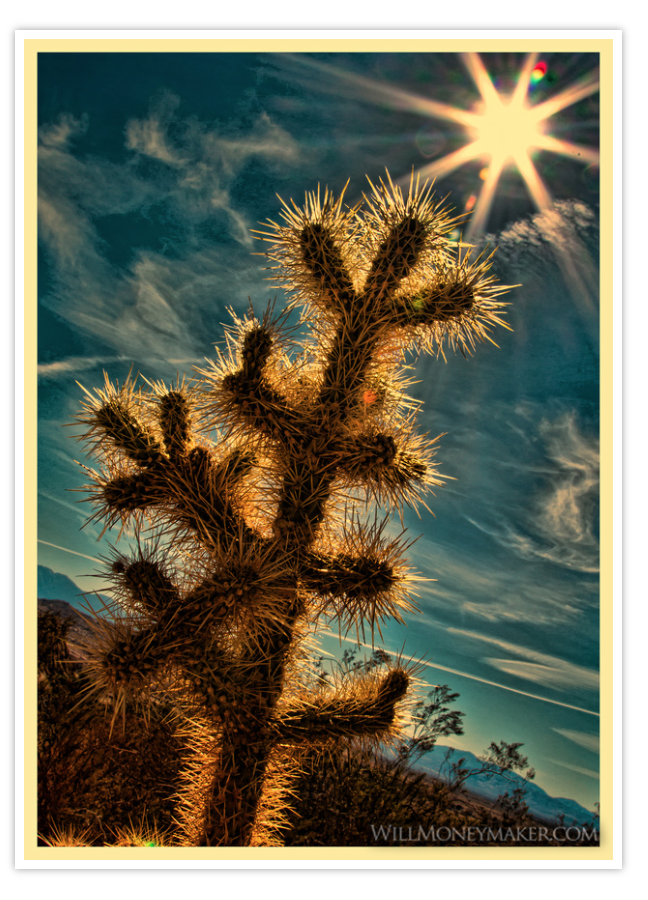Every photographer’s training – whether self-taught or formally educated – starts with a lengthy set of artistic rules. We all learned that our images should be perfectly exposed and that they should follow the Rule of Thirds, for instance. These rules, along with so many others, are a great way for the new photographer to learn how to create beautiful compositions. After a while, these rules become second nature.
That’s where the problem lies. At a certain point, you’ll come to realize that blind adherence to artistic rules places a limit on creativity. Sometimes, you’ll need to break some rules to make a better image. I’ll show you which rules to break and when it’s acceptable to break them for the sake of art.

The Rule of Thirds
For a beginning photographer, the natural tendency is to place all subjects in the center of the frame. That’s why we teach the Rule of Thirds – it helps us to make our compositions more dynamic. As your skills advance, however, you'll soon see that the Rule of Thirds is more a guideline than a law. Sometimes, a subject is just so interesting that it demands a central position. Perspective shots – such as a train track or road leading into the distance – also sometimes work well when centered, as do subjects that are perfectly symmetrical in nature.
Balancing Exposure
New photographers are also taught to avoid inky shadows and blown highlights. According to this rule, the image’s histogram should stay relatively even rather than swinging to one side or the other. But once in a while, those dark shadows and bright highlights add emotional depth to an image. If areas of dark black or solid white benefit your image as a whole, then feel free to break the rules of exposure by over or under-exposing your image.
Avoid Film Grain and Sensor Noise
We avoid noise like the plague – so much so that many photographers are willing to spend hundreds or thousands on camera upgrades that allow them to shoot at higher ISOs with less noise. However, sometimes film grain or camera noise is attractive because it’s associated with older technology. When appropriate, use grain or noise to add a gritty, historical look to an image.
Always Shoot in Manual Mode
If photography instructors could disable things like aperture priority, shutter priority and fully automatic modes on their students’ cameras, they probably would. It’s helpful for a beginner to become adept at changing exposure on the fly because this is the only real way for budding photographers to learn the intricacies of their cameras. Once your camera’s controls become second nature, however, it’s perfectly acceptable to choose an automatic mode. Learning to shoot in manual mode forms good habits, but always shooting in manual means that you’ll miss split-second shots – a fleeting expression, a charging animal or another intense moment.
 Keep the Sun at Your Back
Keep the Sun at Your Back
This rule is especially common among nature photographers, or really any photographer who specializes in outdoor imagery. The reasoning behind the rule is that the sun wreaks havoc with cameras, causing silhouettes, lens flares or other undesirable effects. When you keep the sun behind you, your scene will have bright and even lighting.
When used judiciously, however, lens flares can add a touch of artistry to an otherwise bland image. And, there are few things more striking than the stark contrast of a well-done silhouette. Furthermore, directional sunlight is some of the most beautiful lighting that a photographer can experience. Learn how to use the sun at any angle and you can break this rule whenever you want!
Art, by its very nature, is indefinable. If we can't make a distinction between what does or does not qualify as art, then why should we expect that fine art photography can be wholly defined by a set of rules? All of the rules that I have listed are a great way for new photographers to learn how to make better images, but once you’ve gained enough experience, you’ll see that sometimes these rules must be broken in order to create something remarkable.





